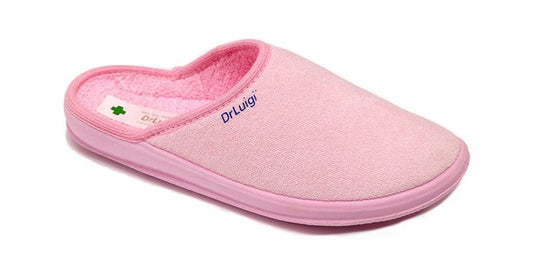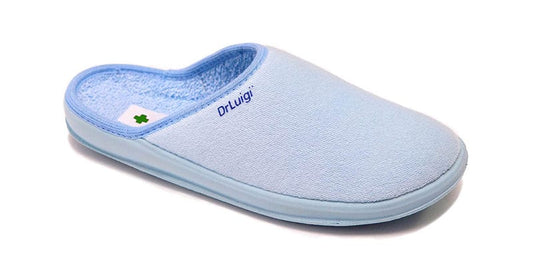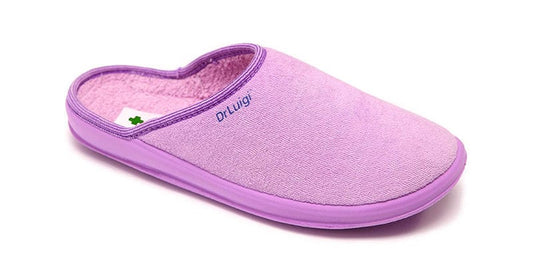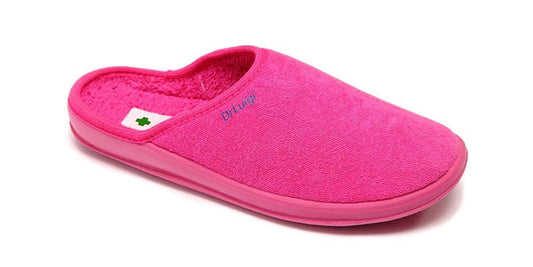Foot deformities in adults
Digitus flexus and digitus malleus – Digutus flexus, which is the classic clubfoot toe, and digitus malleus, or hammertoe, are common foot deformities. After the “devil’s bone”, i.e. hallux valgus, these are the most common foot deformities. In the case of digitus flexus, there is redness and swelling above the joint, which is increased by the pressure of shoes. Digitus flexus can also cause gradual dislocation of the metacarpophalangeal joint of the finger. Digitus malleus differs from digitus flexus in the location of the deformity. While the transition between the middle and distal phalanx is deformed in hammertoe, the deformity in the pinched finger is at the transition between the middle and proximal phalanx. Treatment can be conservative or surgical, although conservative measures never correct the cause of the problem. Conservative measures include adjustment of footwear and cold compresses at the site of the inflamed joint (most common in digitus flexus). Footwear should be comfortable and not constrict the foot. We recommend DrLuigi medical footwear, which, with its ergonomic design, meets all functional criteria and helps reduce the discomfort caused by the malleus digitus and flexus digitus.

Bunions (hallux valgus) – bone growth at the base of the big toe. Hallux valgus is the most common deformity of the bone-joint system in humans. Women are most often affected by hallux valgus, the ratio of affected women to men is 9:1. The age group of 50 to 70 years is most often visited by the doctor, because deformations in this age group cause symptoms such as inflammation of the bone head. Inflammation of the metatarsal head of the big toe can cause pain and limited motion. The inflamed thumb is swollen, warm, and red, and patients complain of pain and a throbbing sensation in the thumb. Pathological changes of the 1st metatarsal joint begin in adolescence and are also favored by improper footwear. It is not recommended to wear tight shoes or shoes with high heels. High-heeled footwear twists the big toe to the side and narrows the forefoot, which leads to bony deformity. The front part of the foot is subjected to a lot of stress, especially when standing or walking in such shoes for a long time. The longitudinal arch of the foot collapses, and the muscles and connective tissues are weakened by the limited mobility in such shoes. When buying shoes, pay attention to the bottom of the shoe. The flexible sole allows activation of all foot muscles, supports the arch and connective tissues. DrLuigi shoes are made of a polyurethane sole, which, thanks to its flexibility, follows every movement of the foot. Mild deformities can be alleviated by choosing the right footwear. Wide shoes without high heels are recommended. Unfortunately, such shoes usually do not follow fashion trends, so it is difficult to reach the younger population; in my opinion, prevention would be most useful. Fortunately, there are several types of shoes on the market today, all of which can meet the esthetic criteria. If the deformities are severe and conservative measures are not successful, surgical treatment is recommended. There are more than 150 different procedures for the correction of bunions, the aim of which is to correct the position of the thumb.






